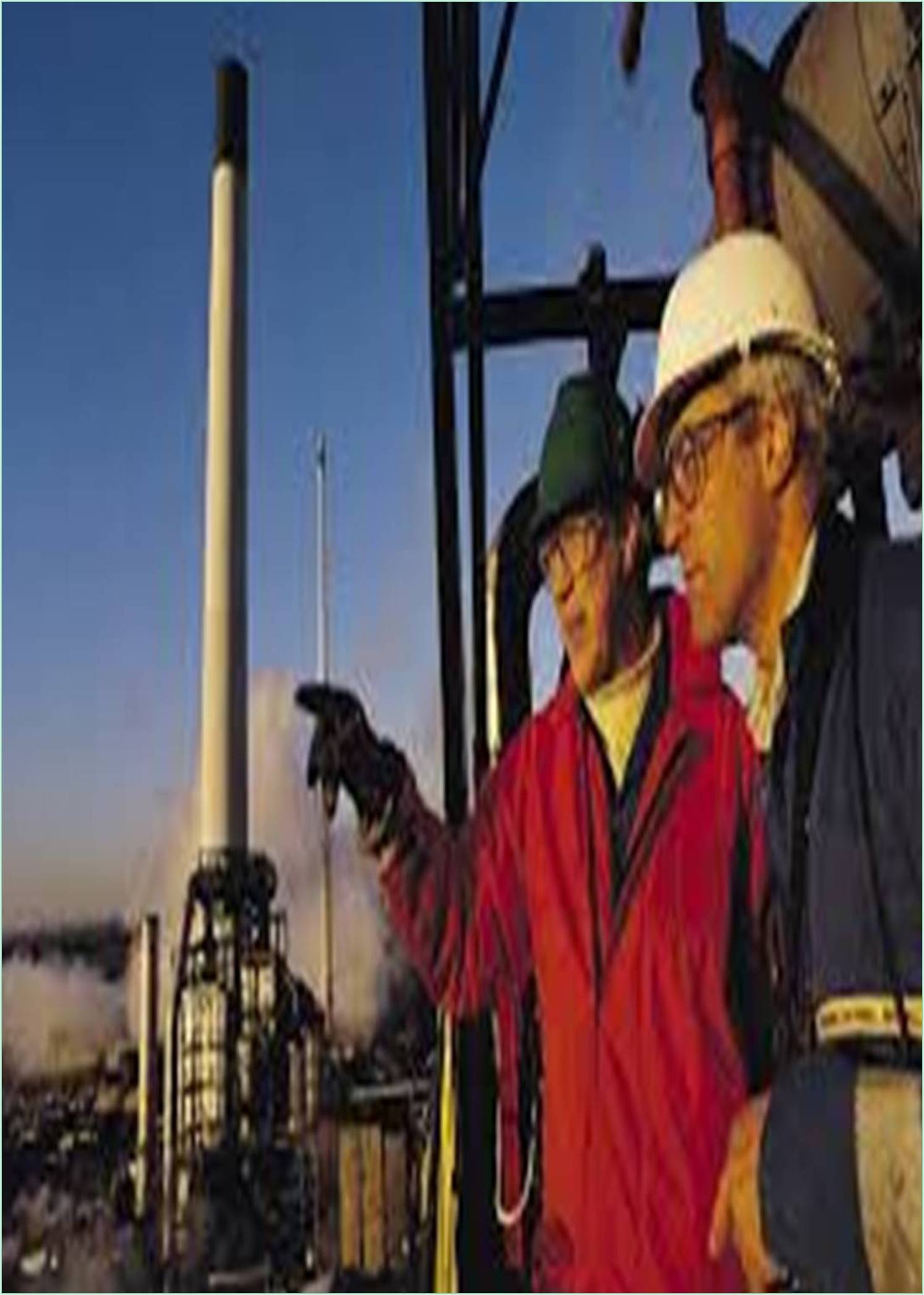



Received: 10-Jun-2021 Published: 24-Jun-2021
As the current climate emergency deepens, it's not capable leave ideas of sustainability to engineers, practitioners, and studio-based educators. Ways of understanding and teaching architecture’s history must also respond. This must transcend highlighting exemplars and models from the past for what they'll teach us practically in terms of passive environmental conditioning. The very terms and frames of reference we use to debate buildings within the context of history require reconsideration. This article proposes that understanding architecture from a radical material perspective has the potential to foreground the entrenched relationship between architecture and energy consumption in the history of architecture. Energy consumption is that the key think about global climate change.
Making historians and students more conscious of how this critical relationship shaped the built environment through time places a stress , and thus responsibility, on the very high energy consumption of architecture. We propose two essential questions: how has humanity’s changing ability to harness useful energy interacted with the history of architecture? And how might we understand buildings through time not as objects fashioned solely by individual genius, patronage, stylistic movements and/or theoretical considerations, but as products that also result from the powerful nexus between assemblage and energy.
This article attempts to demonstrate a possible approach, by sketching out three historical ‘scenarios’ that talk to different periods in time (pre-industrial, agrarian; industrial, coal- and steam-based; and late industrial, oil- and electricity-based). In these scenarios we trace regimes of energy consumption and their attendant networks of production, suggesting the centrality of such an approach to a full appreciation of building as a material process. We propose that this approach might form a replacement and complementary basis for research and teaching within the history of architecture.